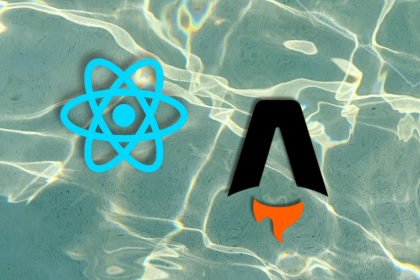
AI-first debugging augments traditional debugging with log clustering, pattern recognition, and faster root cause analysis. Learn where AI helps, where it fails, and how to use it safely in production.

Container queries let components respond to their own layout context instead of the viewport. This article explores how they work and where they fit alongside media queries.

React Server Components vs Islands Architecture: Learn how each reduces client JavaScript, impacts hydration and interactivity, and which trade-offs matter for production performance.

Large hosted LLMs aren’t always an option. Learn how to build agentic AI with small, local models that preserve privacy and scale.
Would you be interested in joining LogRocket's developer community?
Join LogRocket’s Content Advisory Board. You’ll help inform the type of content we create and get access to exclusive meetups, social accreditation, and swag.
Sign up now
5 Replies to "Application state management with Svelte"
Thank you for the solid explanation of a use-case for stores in Svelte.
I recently started going through the Svelte documentation, and this really helped me tie things together in my mental model for how stores can be used.
Thanks great guide, just please fix the error in the function:
“`
const addCar = car => update(car => {
return […cars, car];
});
“`
Should be:
“`
const addCar = cars => update(car => {
return […cars, car];
});
“`
Shouldn’t it be:
“`
const addCar = car => update(cars => {
return […cars, car];
});
“`
?
Guys you got this backwards. addCar() should take a parameter of car (singular) and update should take cars (plural). Should be like this:
const addCar = car => update(cars => {
return […cars, car];
});
Thanks for the catch 👍